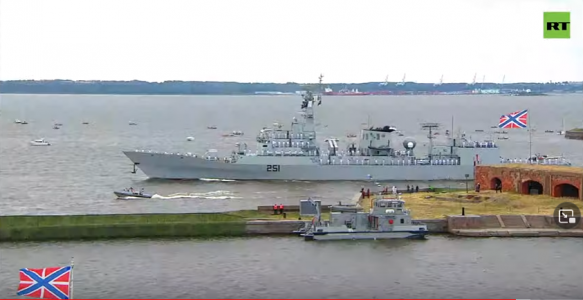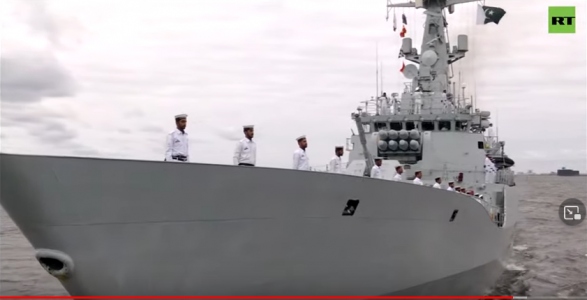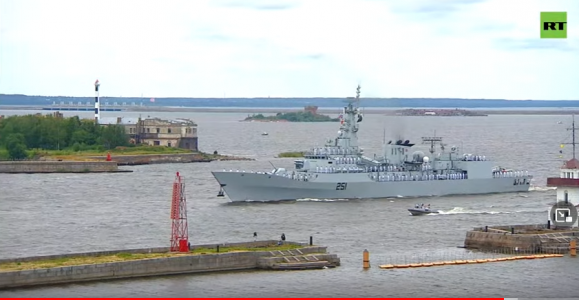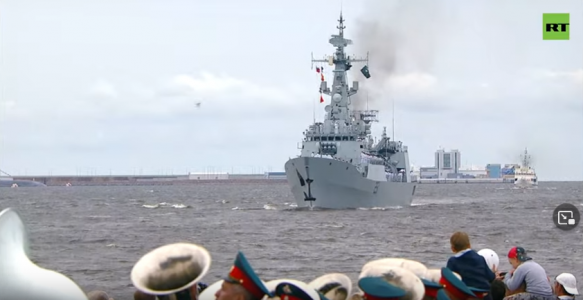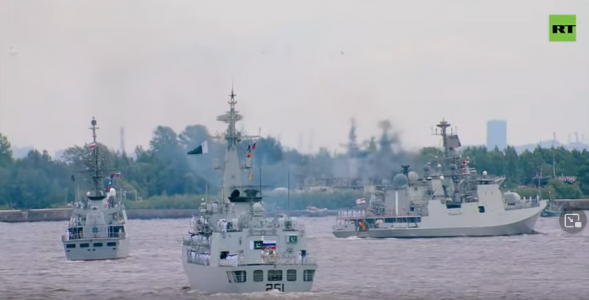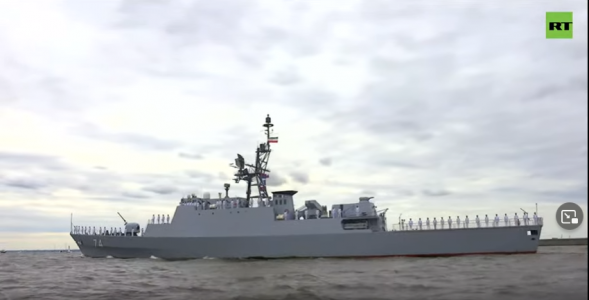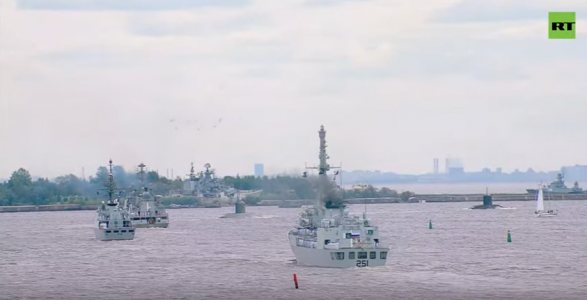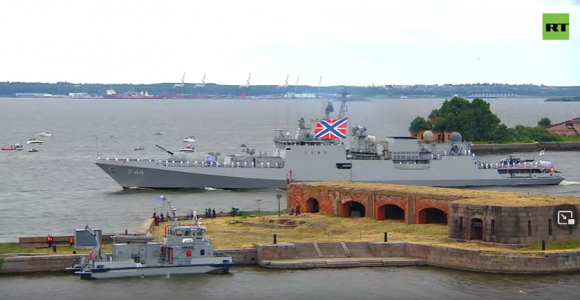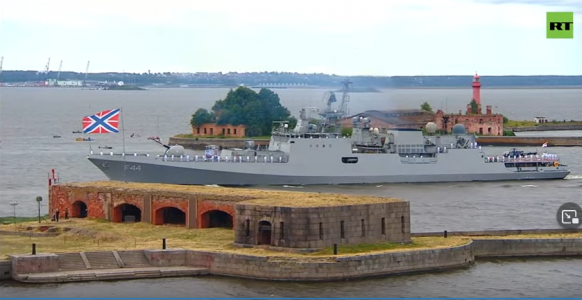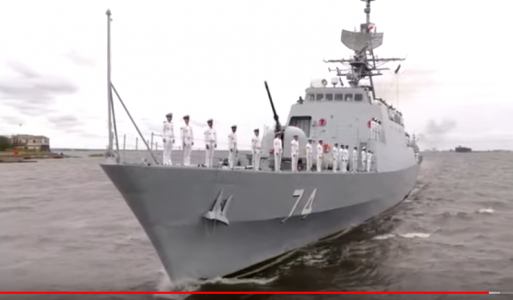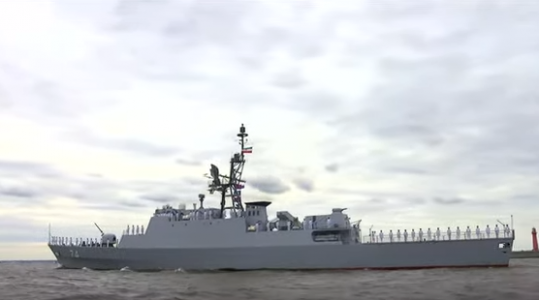- Joined
- Apr 2, 2017
- Messages
- 38,439
- Points
- 463
USN:
Heavy cruiser USS New Orleans (CA-32) camouflaged at Tulagi, Solomon Islands, some days after she was torpedoed during the Battle of Tassafaronga on 30 November 1942. Note that her stern is riding high, and that her forward end is low in the water. The torpedo and subsequent explosion had severed her bow between No. 1 and No. 2 eight-inch (203 mm) gun turrets.

USS Pennsylvania (BB-38) in Adak Bay, Aleutian Islands, Alaska, on 12 August 1943, just prior to the Kiska operation. An LST is in the left background.

Heavy cruiser USS New Orleans (CA-32) camouflaged at Tulagi, Solomon Islands, some days after she was torpedoed during the Battle of Tassafaronga on 30 November 1942. Note that her stern is riding high, and that her forward end is low in the water. The torpedo and subsequent explosion had severed her bow between No. 1 and No. 2 eight-inch (203 mm) gun turrets.
USS Pennsylvania (BB-38) in Adak Bay, Aleutian Islands, Alaska, on 12 August 1943, just prior to the Kiska operation. An LST is in the left background.





